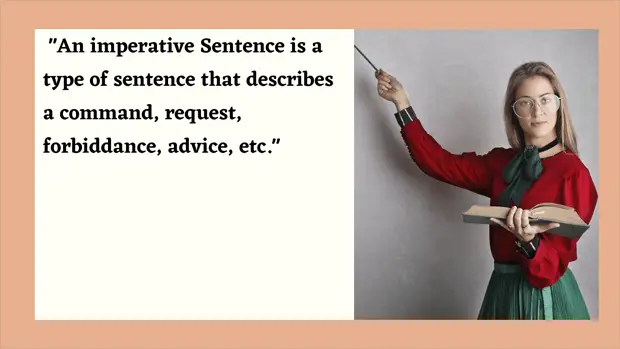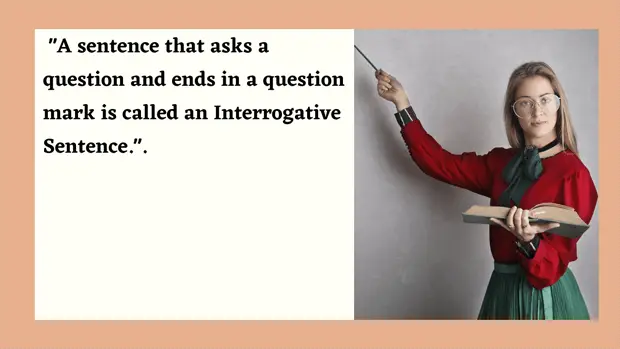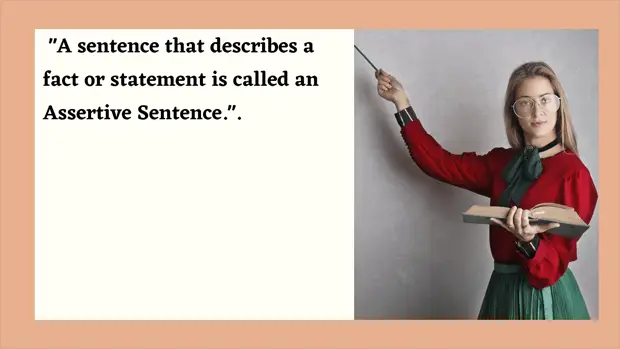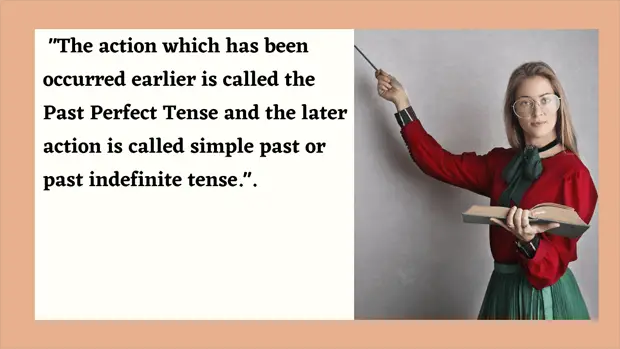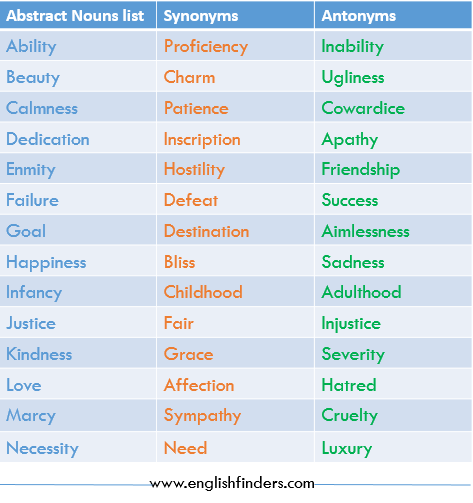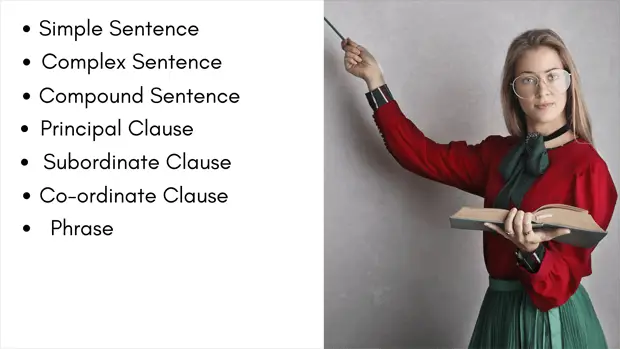Imperative Sentences | Definition, Structure and Examples
Imperative Sentences Every day, we subconsciously use many Imperative Sentences, but many of us don’t know the definition of an Imperative Sentence. An imperative Sentence is a type of sentence that describes a command, request, forbiddance, advice, etc. Let us see some examples: Note: In most cases, an Imperative Sentence starts with the main verb, and […]
Imperative Sentences | Definition, Structure and Examples Read More »

